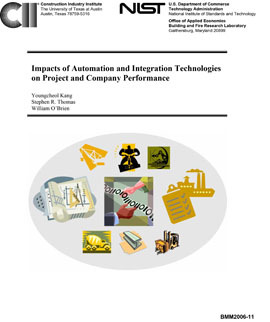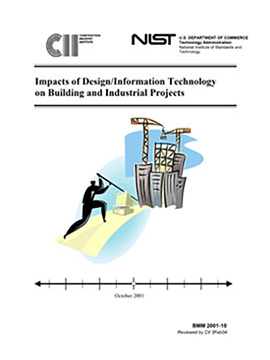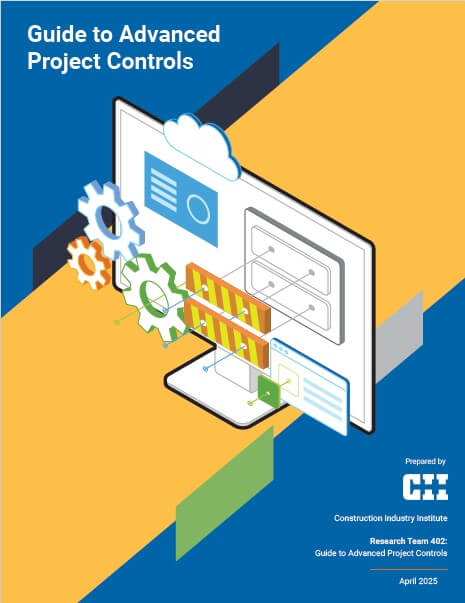
Impacts of Automation and Integration Technologies on Project and Company Performance
Publication No
BMM2006-11
Type
Research & Development Product
Publication Date
Nov 01, 2006
Pages
109
Research Team
BMM-ITImpact
DOCUMENT DETAILS
Abstract
Key Findings
Filters & Tags
Abstract
Key Findings
Increased use of information technologies is positively associated with several project performance outcomes. There is positive association with lower cost, shorter schedules, and lower cost and schedule growth. There are also positive benefits for safety and quality. Percentages for all these categories vary considerable across the reports, from small but statistically significant 1-2% (most benefits range from 1-6%) to highs reports of up to 16-17% for schedule compression. (BMM2006-11, p. 55)
The percentage benefit in performance (or finding of statistically valid benefits) varies considerably across reports and data sets. Broadly, it seems there is evidence of benefits from information technology use, but assessment of the benefits is difficult to measure consistently. IT is not the sole driver of project performance and as such it is difficult to clearly identify the relationship between project performance and IT utilization. (BMM2006-11, p. 55)
Both reports are useful examples of methodologies to measure IT use and compare it to performance. BMM2001-10 reports on direct use of technologies, while BMM2006-11 reports on use of work functions at both the project and firm level. Both reports are detailed enough to use as a resource for those seeking to perform similar measurements or related benchmarking functions. (BMM2006-11, p. 56)
Filters & Tags
Knowledge Area
Project Phase
Project Function
Industry Group
Research Topic
BMM Impacts of Technologies Studies
Keywords
information technology,
automation,
interoperability,
performance norms,
practice use,
integration technologies,
information technology


